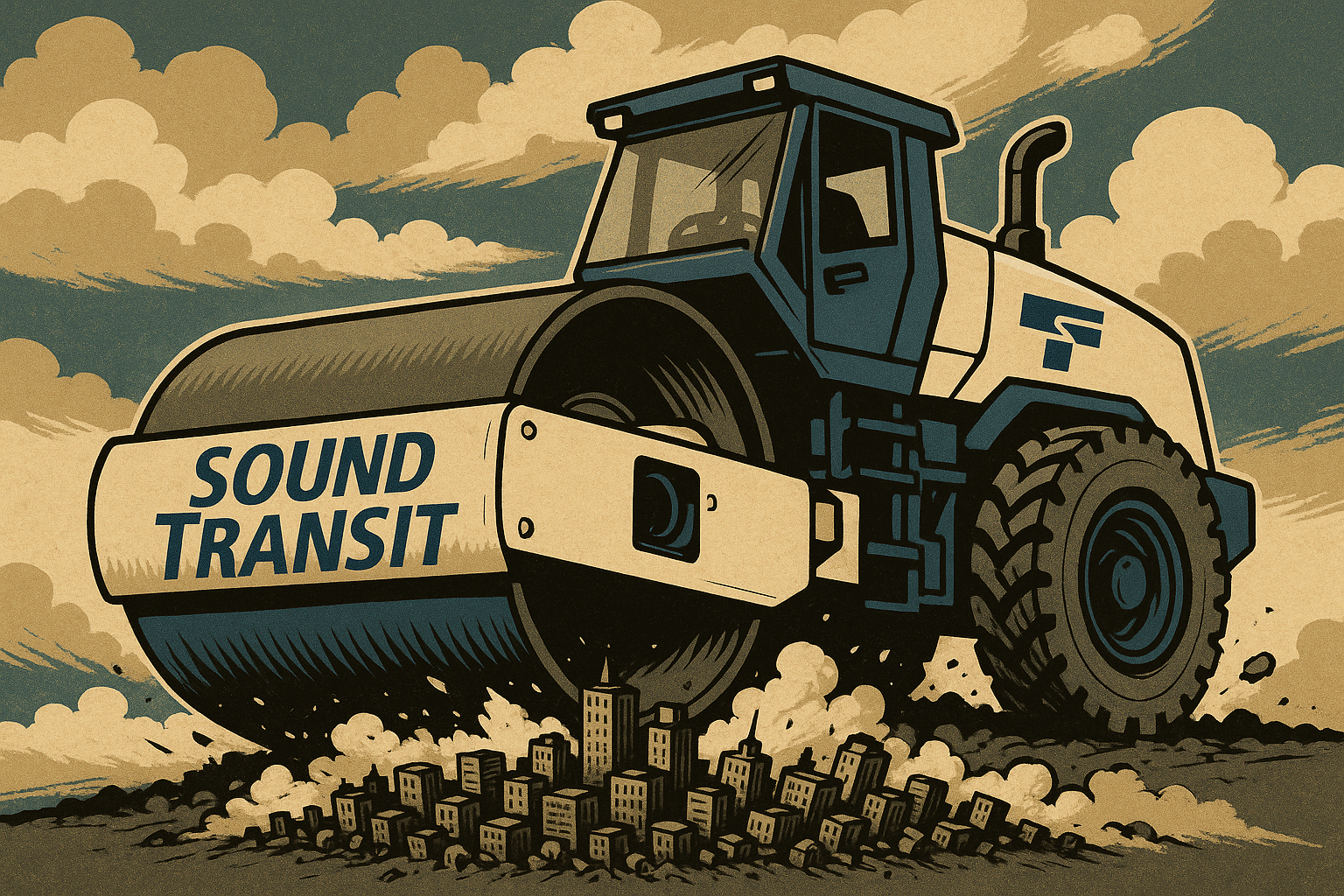Related Articles
The Spokane Transit Authority board today decided to ask voters to approve a 0.3% increase in the local sales tax to fund an electric trolley line and other service additions. Such an increase would take the sales tax rate in most of the Spokane area to 9.0% - one of the highest figures in the state.
The Spokesman-Review reports the vote was 6-3, with Spokane County Commissioner Shelly O'Quinn, along with Spokane Valley City Councilmembers Chuck Hafner and Ed Pace voting against.
Commissioner O'Quinn called the plan "unsustainable." The Spokesman-Review editorial board Wednesday called for the plans to be "scaled back."
Both are right.

The $72 million electric trolley line (pictured above) would extend six miles - from Spokane's Browne's Addition neighborhood, east through the Gonzaga University campus and ending at the Spokane Community College campus.
As Washington Policy Center has previously stated, the electric trolley idea could just as easily be called an electric folly.
STA officials are considering batteries and inductive charging technologies to power the system. They say the technologies are newer and less proven. One idea is to have charging pods built into the pavement, which would charge the fancy trolley buses at both ends of the route. Another is to place a claw-like arm atop each trolley bus that would periodically grab a power source.
While some of these ideas may be "cool" in the minds of STA officials, the entire plan is unrealistic for Spokane’s transit needs, especially considering there are much less expensive options. Bus Rapid Transit systems currently in place in cities like Eugene and Everett could be a much better fit for Spokane's transportation needs.

STA officials optimistically say their electric trolley bus would serve 880,000 trips per year. Divided by the operational costs alone, that amounts to $4.73 per trip — more than 20 percent higher than current operational costs for a regular STA bus. A good portion of that 880,000 would be folks who already use bus service along that route. Taxpayers would simply be paying more to move the same people.
Supporters of this plan also believe it would be an economic development tool. In other areas that have built similar lines, cities have had to change zoning rules or increase incentives for developers to locate along the route. The transit line alone wasn’t the reason. Supporters admit zoning changes will have to be made and incentives will have to be offered.
In the final analysis, the purpose of public transit is to move people from point A to point B as conveniently and efficiently as possible. For the most part, the Spokane Transit Authority achieves that goal; providing a vital service to the public. But asking voters to approve a large tax increase to fund this electric folly is a troubling idea.
Voters get the final say in April.



